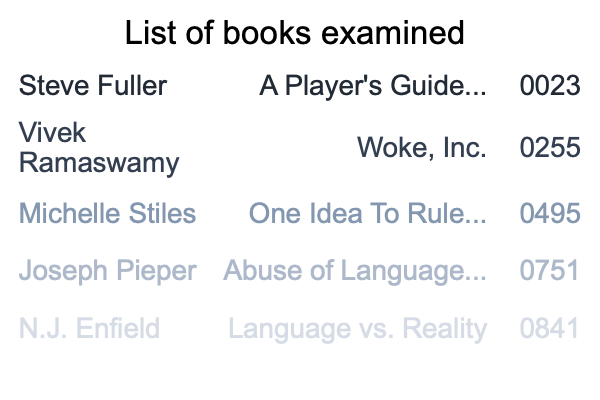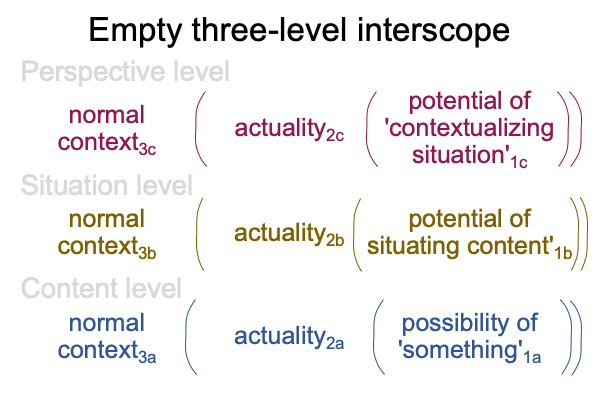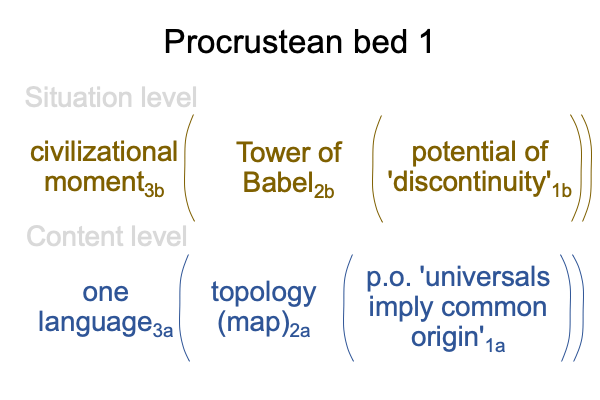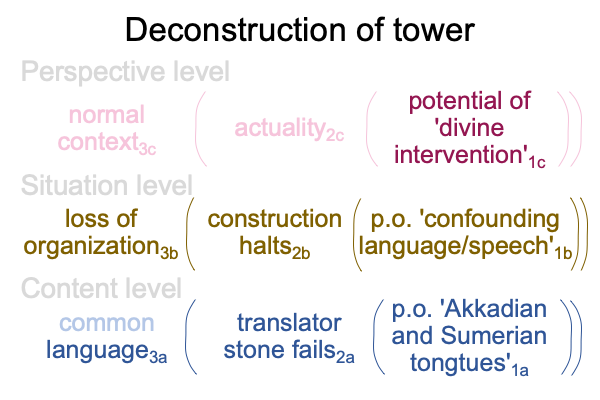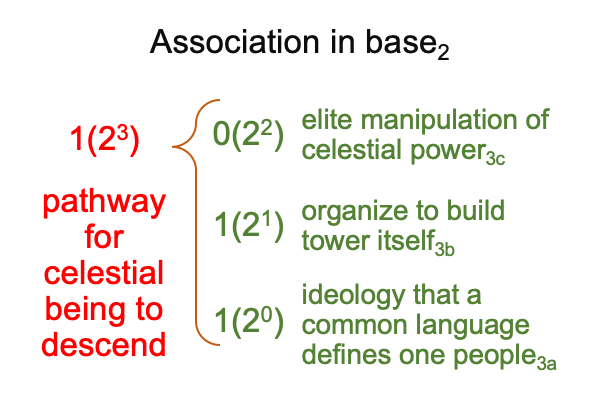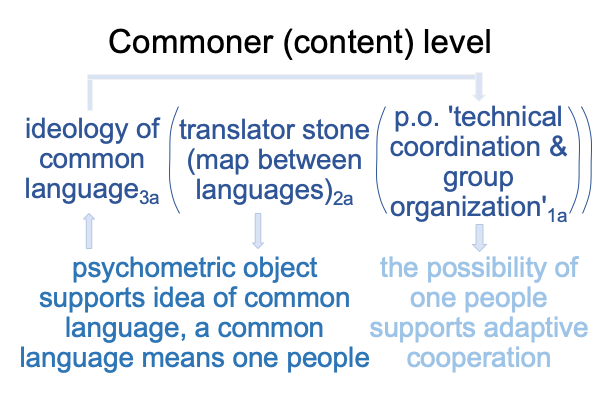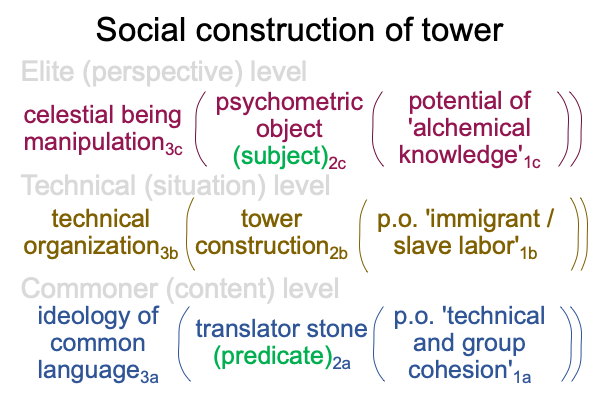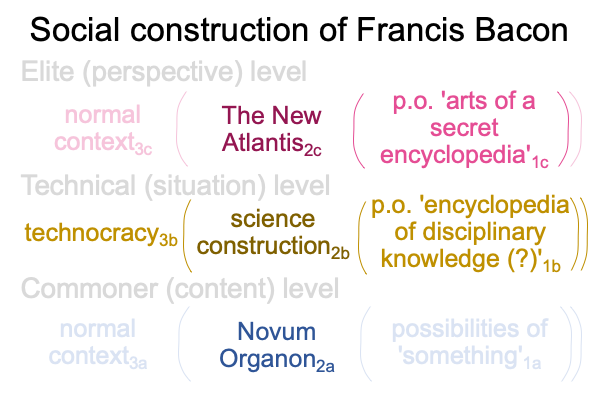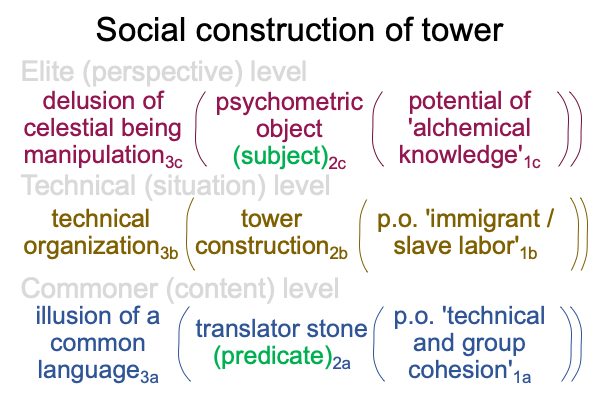Looking at Steve Fuller’s Book (2020) “A Player’s Guide to the Post-Truth Condition” (Part 26 of 26)
0238 Original sin?
0239 Francis Bacon (1561-1626 AD) lives at the start of the current Age of Ideas. He is a lawyer. He accepts that lying is part of everyday life, especially in the courtroom. He discovers that inquisitional modes of investigation force people to report in public what privately they do not hold. In short, the inquisitorial mode of testing and observing and measuring produces what I call “phenomena”. Courtroom phenomena do not reveal what a subject “privately” thinks. Courtroom phenomena reveal what the subject is openly willing to disclose under inquisition.
What I privately think associates to the noumenon.
What I am willing to say associates to phenomena.
0240 What does this imply?
Just as a triumphalist scientist wants to replace the noumenon with a mathematical or mechanical model, the scientismist one wants to replace what I privately think with what the Positivist’s judgment ought to be, that is, an empirio-normative narrative.
0241 Okay, then does that mean, once I am properly credentialed, that I have bought into a lie?
Yes and no.
Yes, phenomena cannot objectify their noumenon. If I do not testify to what I think, then I must be lying. So, the very idea of phenomena entails, not necessarily a falsehood, but a deception.
No, phenomena can objectify a model substituting for the noumenon. If I have successfully substituted an empirio-normative narrative for what I think, then I am always engaging in deception, even to myself. Either that, or I am always telling the “truth” (that is, the narrative) that can be objectified as what I say.
Did I write that correctly?
0242 The Christian doctrine of Original Sin derives from a mythic account of Adam and Eve. Adam and Eve are fashioned by God in a paradise near the mouths of the Tigris and Euphrates Rivers. They disobey God’s command not to eat of the fruit of the tree of the knowledge of good and evil.
Okay, let me tweak the tree’s label to “the fruit of the tree of formalized knowledge1b“. Mythically, this tree occupies the center of the Edenic garden.
The problem is not disobedience, per se, but a capitulation to a post-truth condition imposed by… what else?… a speaking snake. Serpents must speak, because they cannot talk with their hands.
0243 Needless to say, the serpent has a variety of narratives to offer. The fruit will allow Eve to own its beauty (the capitalist model of value2b) as well as make her wise (the socialist model of value2b). Eve sees an opportunity1c. She makes an actionable judgment2c. And, the relativist one3c notches up two successes2c, since Adam is along for the ride.
So, the Fall in the Garden of Eden has a lot to do with disobedience (to God, but obedience to the serpent) and lying (to oneself by adopting the narrative of the serpent as one’s own).
0244 Saint Augustine associates the Fall to a permanent weakness called “concupiscence”, which transliterates to “con (with) cupi (Cupid) scence (the state of being)”. The state of being with Cupid is a little more entertaining than the state of being scammed by a speaking snake. But, the post-truth condition for each is pretty much the same.
0245 Why?
The foundational potential of the post-truth condition is the will1a.
By definition, the foundational potential of the prior condition is the truth1a.
0246 What does this imply?
Well, if Adam and Eve associate to the start of our current Lebenswelt, as proposed in The First Singularity and Its Fairy Tale Trace (as well as An Archaeology of the Fall, by Razie Mah, available at smashwords and other e-book venues), then the prior truth condition must associate to the Lebenswelt that we evolved in. Consequently, Adam and Eve may be historical, in so far as they are fairy tale figures associated with the start of the Ubaid archaeological period of southern Mesopotamia. The Ubaid marks the start of history (that is, our current Lebenswelt).
0247 Of course, Saint Augustine does not know this. So, he proposes that all humanity shares in the original sin of Adam and Eve through direct descent. All humans are subject to original sin2c because Adam and Eve are the first parents.
This turns out to be a scientific proposal. All humans are related to an original pair of humans. This hypothesis is debunked by modern genetics. There is no genetic bottleneck, as would be expected for a single-pair founding our species.
0248 So, Fuller points to a post-Augustine interpretation of our current Lebenswelt as a breeding ground for the post-truth condition. We are expected, by our inquisitors, to say only what we are publicly willing to disclose, as if that is what we are thinking. Whenever we live up to that expectation, we deceive ourselves. At the same time, we notch up successes2c for the relativist one3c.
On top of that, our hard-won academic credentials encourage us to utter statements based on the latest empirio-normative narratives2c, as if they2c are what we are thinking2a.
0249 Razie Mah heartily agrees. See his blog post for January 2, 2024.
0250 Perhaps, among other things, original sin involves defying the God of Creation by publicly mouthing the normative narratives of lesser deities, relativist ones3c, who put both the human intellect3a and will1a into perspective.
The sacrament of baptism plays a role in washing away that original sin, in so far as it introduces the infant to people who offer the story of the One True God, despite the fact that the story is unbelievable, according to all relativist one-heads.
0251 That said, Fuller’s genealogy of the post-truth condition points back to the very start of our current Lebenswelt.
Here is one vista that Fuller, as a guide to the post-truth condition, allows.

0252 Each person must decide which path to follow in the fourth Enlightenment Battle.
There are two paths.
One turns the person in to a certified mask that utters empirio-normative narratives.
One turns a person into a sign-tracker on a path that leads to a sign-vehicle that does not stand for what the empirio-normative judgment is telling me to think. This is the path of metalepsis. If Fuller is on target, the sign-tracker will discover an interventional sign-vehicle containing both a novel doctrine of original sin (for our current Lebenswelt) and a new appreciation of the human as an image of God (for the Lebenswelt that we evolved in).
In order to appreciate original justice, one must first respect original sin.
0253 Razie Mah offers three works that reconfigure the current empirio-schematic narrative of human evolution in a way that may assist sign-trackers. These works are titled, The Human Niche, An Archaeology of the Fall and How To Define the Word “Religion”. These works address the Lebenswelt that we evolved in, the first singularity and our current Lebenswelt.
Indeed, these works begin where Fuller’s excellent guidebook concludes.
0254 My thanks to Steve Fuller for his daring, and brief, exposition of the contemporary post-truth condition.



